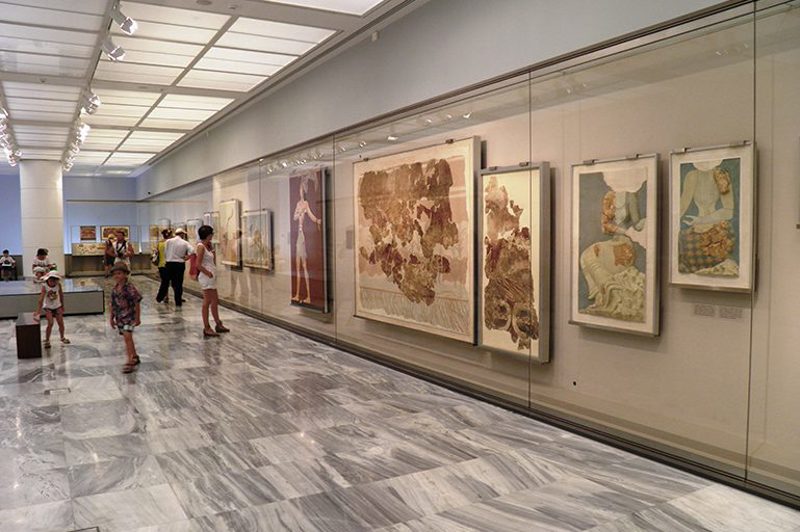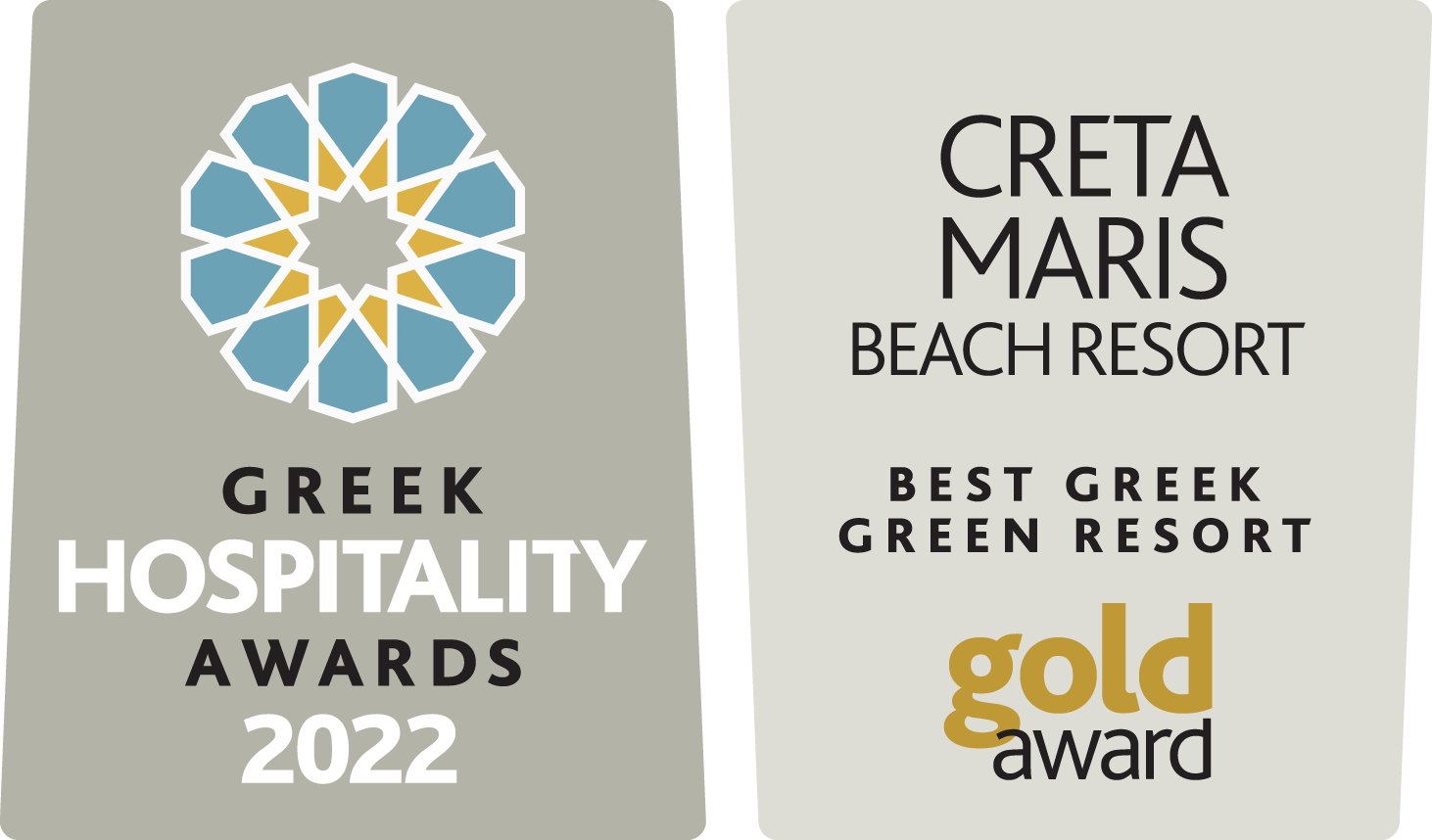
One of the most important museums in Greece, and one the most famous museums in Europe is located in the centre of Heraklion. The Archaeological Museum of Heraklion houses representative artefacts from all periods of Cretan prehistory and history, covering a chronological span of over 5,500 years from the Neolithic period to Roman times. What it is most famous for is its Minoan collection, the largest in the world. Rightfully, it is considered as the museum of Minoan culture par excellence.
Whether you are a history buff or just interested in the local culture, it’s almost unthinkable to visit the Minoan palace of Knossos or the Palace of Malia without also visiting the Archaeological Museum of Heraklion. In the 13 rooms dedicated to the glorious Minoan civilization that flourished on the island of Crete during the Bronze Age, you’ll see world famous artefacts that will blow your mind with their exquisite design and fine craftsmanship. They include pottery, jewellery, small sculptures, seals, weapons and tools made of iron or bronze, signet rings, ceramic sarcophagi, frescoes, figurines and more. The Minoan exhibits attest the sophistication of this pre-historic civilization and shed light to the origins of the European culture.
These are some of the most iconic exhibits you will see in the museum:
Snake Goddess figurine:
The famous figurine depicts a woman with bare breasts holding a snake in each of her raised hands. She wears elaborate garments: a tight bodice, a long skirt with horizontal tiers and an apron, as well as an impressive headpiece on which a panther sits. The woman is considered to be the Earth goddess. The figurine is made of faience and it is an exquisite example of Minoan miniature sculpture.
The Phaistos Disc:
The Phaistos disc was discovered inside a small room of the Phaistos palace. It is made of clay and it was preserved intact. On both sides there is a spiral of signs impressed with seals when the clay was raw. Forty five different signs repeat in groups, forming syllables or words. The most popular interpretation of the text suggests it was a religious hymn. It is considered as the earliest known type of typography, and remains a mystery until today.
The Bull’s Head Rhyton:
Τhe Bull’s head rhyton is a characteristic example of Minoan stone carving. It depicts a bull, a sacred animal in Minoan religion. The vase was used in religious ceremonies, filled with liquid which flowed through a hole on the muzzle. The rhyton is made of black steatite, the eyes are inlaid with rock crystal, and jasper for the eyelashes. Its horns were not found (they are now restored) and they were probably made of gilded wood. The expressiveness and naturalistic depiction of the animal showcase the skill of the Minoan lapidaries.
Τhe Bee pendant:
The Bee pendant is perhaps one of the most famous Minoan artefacts, and certainly one of the finest samples of Minoan art. It depicts two bees facing one another, storing away a drop of honey in a comb. The composition is finely detailed with minute granulation and manifests the fine craftsmanship of the Minoans. The pendant was found in the archaeological site of Malia.
The Bull-leaping fresco:
One of the most famous Minoan frescoes, the Bull-leaping fresco was discovered in Knossos. It depicts a bull, a man balancing on its back and two women, one at the front and one at the back of the bull. It’s a rare representation of the act of jumping over bulls, probably a sport of a religious character. In the museum you can also see the idol of a bullfighter, made of ivory.
The Ring of Minos ring:
The Ring of Minos is a gold seal ring found in a field adjacent to Knossos. It’s made of pure gold and its large oval surface is engraved in amazing detail. In the top of the representation there is a hilltop shrine with a tree on it, pulled by a small female figure, another tree on the right with a female figure clinging on it, another probably female figure seated on the left. On the lower lever it depicts the sea and a boat, with a female figure puddling. It is believed that it represents various rituals and worships of the great Goddess and also dendrolatry, the worship of the trees which was common in the Minoan Civilization.
The ring is known as ‘King Minos Ring’, while there is no evidence of this.
The Archaeological Museum of Heraklion is located at 2, Xanthoudidou Str., in the centre of Heraklion. For more information about the opening hours and the ticket prices please visit the museum’s official website: heraklionmuseum.gr or ask our Guest Service team to help you organize your visit!



















